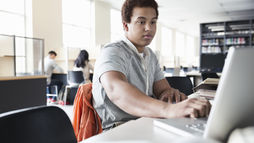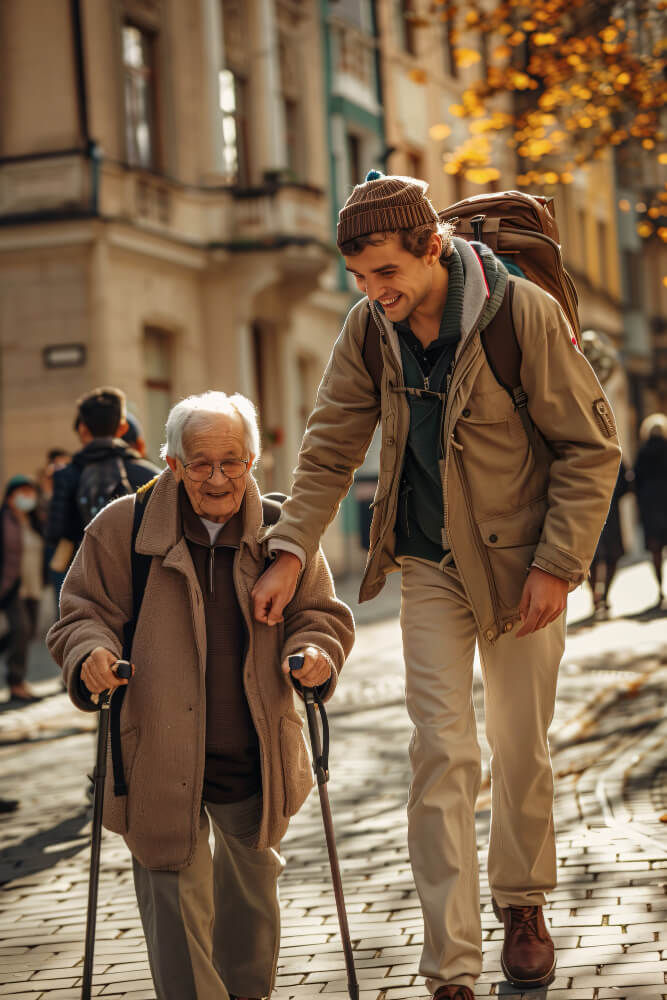

The Most Common Misconceptions About HRT Therapy Explained
Explore HRT therapy to manage hormonal changes during menopause and improve your overall well-being amid challenging times.


Understanding Diabetes: Types, Symptoms, and Management
Explore the different diabetes types. Understand their distinctions, management, and impact on blood sugar control.


Understanding Therapy Options for Newborns After a Birth Injury
Learn about birth injury and how early intervention services can support brain development in newborns.


Simple Habits to Protect Your Hearing Health
Prioritize your hearing health by recognizing early signs of change to protect your connection with the world around you.


How to Study Smarter, Not Harder: 5 Tools for Academic Success and Wellness
Explore 5 study tools for success and well-being, plus tips on healthy meals and staying organized for a balanced student life.


Turn Your Followers Into Real Users With a Fitness App Development Company
Discover how fitness app development can transform engagement into real-life activity for your followers.


Understanding Tocotrienols Vitamin E Benefits for Cardiovascular Health
Explore the benefits of tocotrienols vitamin E for heart health. Discover how they combat oxidative stress and inflammation.


Energy Gels vs Neuro Gum for Running: Understanding Pros and Cons
Understand the importance of energy gels for running to fuel your muscles and maintain mental clarity during races.


The Hidden Wellness Trends Doctors Don't Tell You About (2025 Guide)
Uncover emerging wellness trends that doctors seldom discuss. Transform your health with integrative care and holistic healing.







